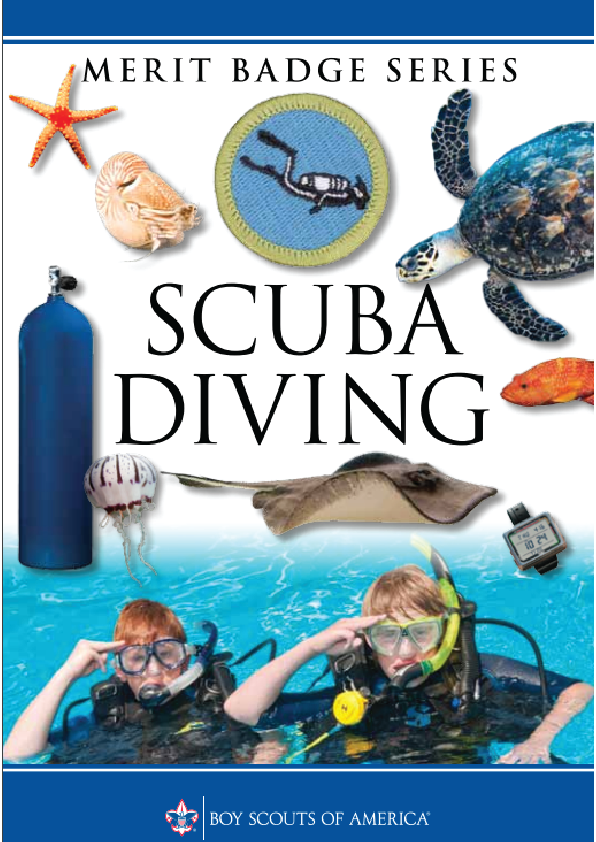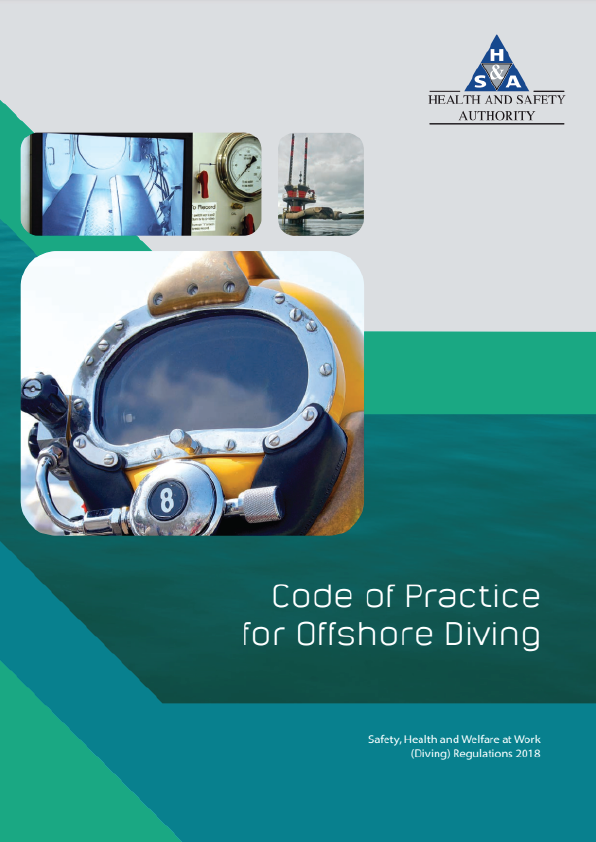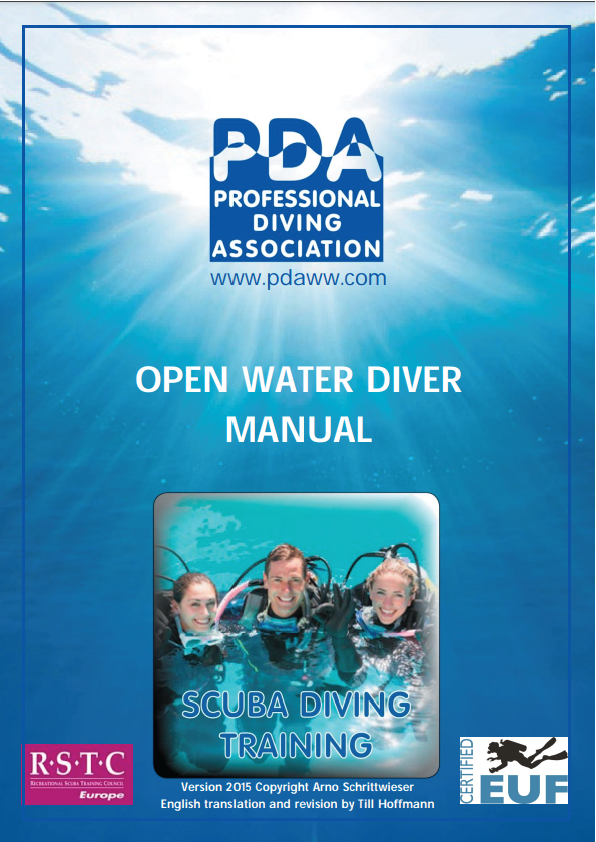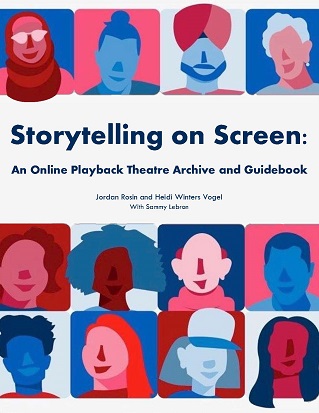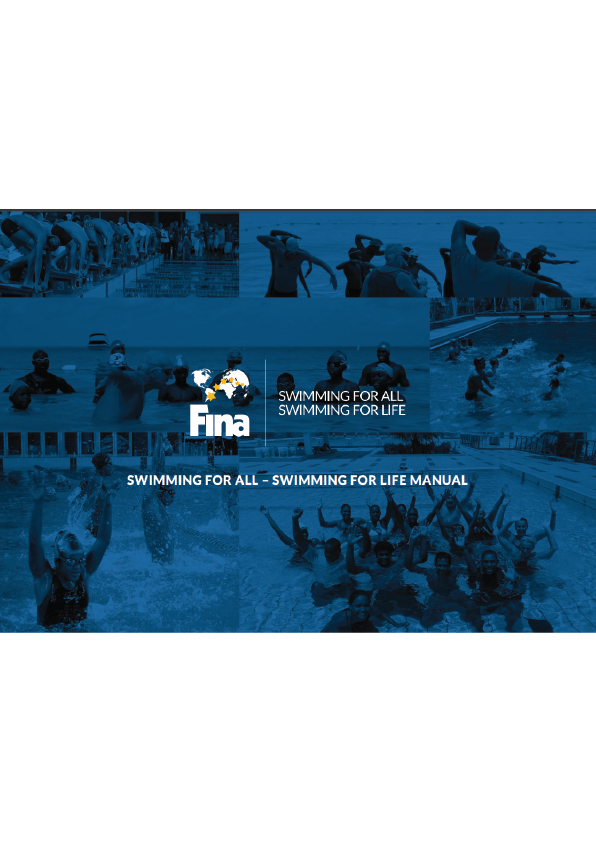Requirements
- Do the following: a. Show that you know first aid for injuries or illnesses that could occur while scuba diving, including hypothermia, hyperventilation, squeezes, decompression illness, nitrogen narcosis, motion sickness, fatigue, overexertion, heat reactions, dehydration, injuries by aquatic life, and cuts and scrapes. b. Identify the conditions that must exist before performing CPR on a person, and explain how to recognize such conditions. Demonstrate the proper technique for performing CPR using a training device approved by your counselor.
- Before completing requirements 3 through 6, earn the Swimming merit badge.
- Discuss the Scuba Diver’s Code with your merit badge counselor, and explain the importance of each guideline to a scuba diver’s safety.
- Earn an Open Water Diver Certification from a scuba organization recognized by the Boy Scouts of America scuba policy.
- Scouts who have already earned an Open Water Diver Certification outside of a BSA activity from a scuba agency recognized by the Boy Scouts of America scuba policy may still earn the Scuba Diving merit badge by earning the Swimming merit badge and completing all other listed requirements.
- Explain what an ecosystem is, and describe four aquatic ecosystems a diver might experience. 6. Find out about three career opportunities in the scuba industry. Pick one and find out the education, training, and experience required for this profession. Discuss this with your counselor, and explain why this profession might interest you.
The Boy Scouts of America is not a dive certification agency. Your merit badge counselor can help you find a scuba agency recognized by the Boy Scouts of America scuba policy so that you can fulfill requirement
Minimum Course Content for Open Water Diver Certification
The following abbreviated list represents the RSTC “Minimum Course Content for Open Water Diver Certification.” It is not intended as a complete outline of learning objectives for an Open Water Diver course. Development of learning objectives is left to the respective training agencies.
During the Open Water Diver course you can look forward to learning basic scuba theory and developing entry-level scuba skills required for certification. All scuba instruction must meet the minimum training standards for Entry-Level Scuba Certification set by the Recreational Scuba Training Council (RSTC). Your course will consist of the topics and scuba skills required by the training organization and as outlined in this section. At a minimum, the following will be covered.
1. Equipment.
Learn the physical description, operating principles, maintenance, and use of the following equipment items—face mask, fins, snorkel, BCD, exposure suit, weights and weight system, float and flag, cylinders, valves, regulators/air-delivery system, submersible pressure gauge, alternate air source, timing device, compass, depth gauge, dive table or dive computers, knife.
2. Physics of Diving.
Learn the physical principles of matter and their application to diving activities and hazards.
3. Medical Problems Related to Diving.
Learn the causes, symptoms, prevention, and first-aid and treatment of diving medical problems.
4. Decompression Theory and Use of Dive Tables and/or Dive Computers.
Learn how to determine no-decompression limits for single and repetitive dives, plus how to use dive tables and/or dive computers to properly plan and execute a dive.
5. Dive Environment.
Learn information on the local and general conditions of the diving environment and their possible effects on the diver.
6. General Topics.
Learn information on dive planning, underwater and surface communications, diver assistance, recommended diving practices (including safety stops), procedures for diving from boats, proper use of personal diving logbook, and local dive regulations and protocols.
7. Pool/Confined Water Scuba Skills.
- Learn and practice the following scuba skills in a pool or confined water.
- Diving system assembly and disassembly
- Equipment inspection (at water’s edge)
- Entries and exits
- Proper weighting
- Mouthpiece clearing—snorkel and regulator
- Regulator/snorkel exchanges at the surface
- Controlled descents and ascents
- Underwater swimming
- Mask-clearing, including removal and replacement
- Underwater exercises—with and without mask
- Buddy-system techniques
- Underwater and surface buoyancy control
- Underwater problem-solving (regulator recovery/retrieval, etc.)
- Surface-snorkel swimming with full diving system
- Surface operation of the quick release/emergency function of the weight system
